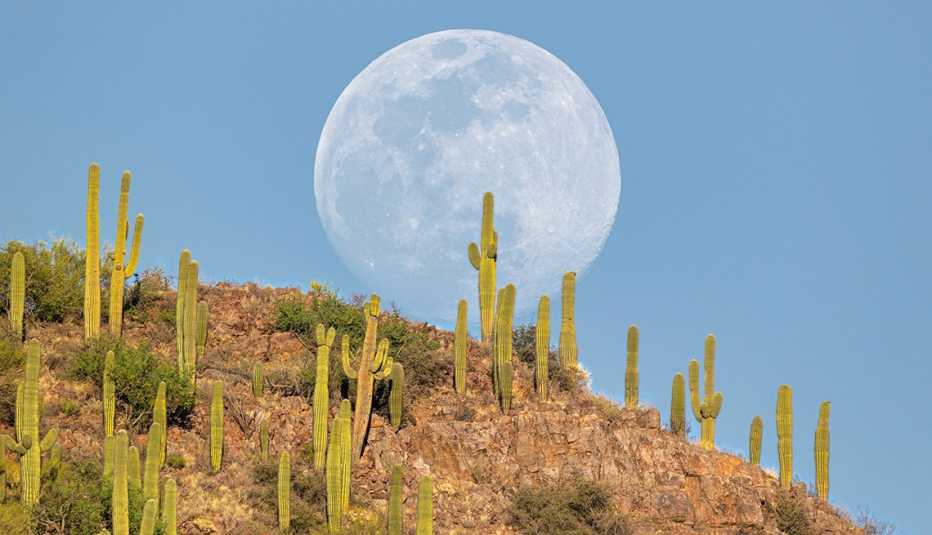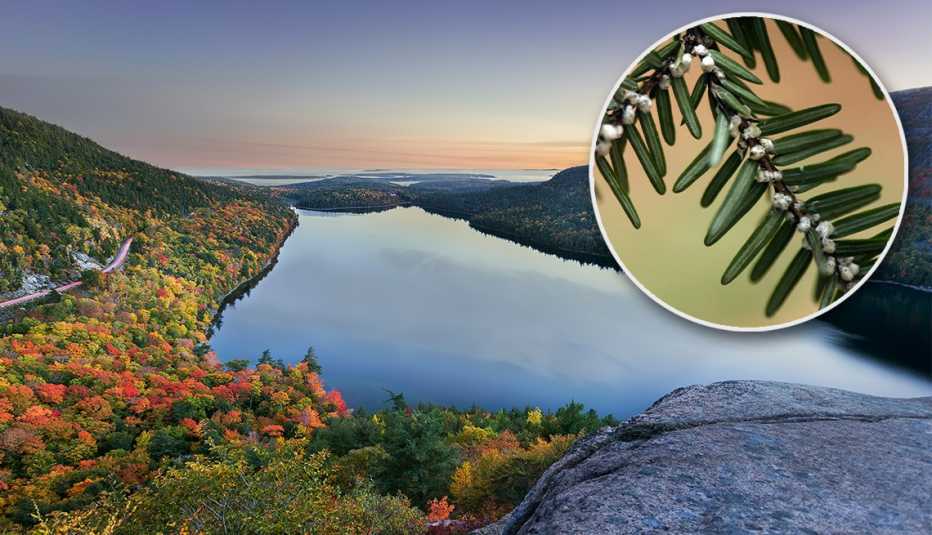AARP Hearing Center


If you are planning a trip to a national park and would like to help out with environmental research, consider pitching in as a citizen scientist. Often, all you need is a cellphone and natural curiosity, and you can help scientists and naturalists gather vital data about the area.
“We can’t do all the research that needs to be done without the help of ordinary citizens,” says Seth Benz, bird ecology program director for the Schoodic Institute at Acadia National Park in Maine. Benz orchestrates citizen science efforts to document and protect the park’s biodiversity.
Citizen science allows park managers and scientists to collect more data than they could on their own to answer real-world questions. Tapping into volunteer citizen scientists, parks can crowdsource data collection to help them determine when certain plants start to flower or if specific invasive species are in a park. Citizen science projects may be run by a national park or an education-focused partner. Most national parks offer some type of citizen science program. Some projects involve checking in at a nature center or signing up beforehand. Current projects and requirements are listed on nps.gov, scistarter.org and citizenscience.gov.
Another way to get involved is through iNaturalist, a free mobile app (on Google Play and iOS) where visitors can share what they see or hear in the wild — including plants, insects and birds. The app identifies objects by name and tags the time and location of each observation. Users can easily upload a photo or sound recording from a hiking trail or scenic overlook, and this information can contribute to ongoing scientific studies. Nature’s Notebook (on Google Play and iOS) is another free app that partners with the park service to connect people to citizen science projects and tracking opportunities.
“I recommend just staying in one spot and kind of letting life come to you. Watch things living their own lives,” says Tony Iwane, community and support coordinator for iNaturalist. “Every observation represents at least a few seconds of someone noticing, stopping and caring about an animal or plant or fungus or bacteria.” Now is a great time to get involved since April is Citizen Science Month. Here are five national parks where you can be a citizen scientist.


1. Acadia National Park, Maine
Acadia National Park works with the Schoodic Institute on citizen science projects such as counting birds that fly over Cadillac Mountain during fall migration. Year-round, visitors can help measure the success of restoration efforts and monitor for invasive insects and plant species.
Get involved: Stop in the Sieur de Monts Nature Center to ask for the handout that lists the 10 most unwanted invasive species at Acadia. From here, start an easy 1.5-mile hike on Jesup Path and Hemlock Path Loop. To participate, simply snap photos of any invasive species you see with the iNaturalist app.
“Our newest effort is an early detection system for the park. We’re having people home in on the idea of invasives,” Benz says. One such invasive species is the hemlock woolly adelgid, an aphid-like insect that feeds on hemlock trees and depletes them of nutrients, causing them to die. A rise in temperature over the years has caused these insects to move east into Acadia National Park where hemlocks are a source of food and shelter for wildlife.

































































You Might Also Like
Road Trip Tips
A driving adventure has it all: national parks, authentic dining and good ol’ Americana
How to Find the Best Vacation Rental
We have tips about finding pet-friendly accommodations, saving money and what you should do as soon as you arrive
Secrets from a Flight Attendant
From which apps to download before you fly to what you should look for in security lines and more, we have tips
More Members Only Access
Enjoy special content just for AARP members, including full-length films and books, AARP Smart Guides, celebrity Q&As, quizzes, tutorials and classes
Recommended for You